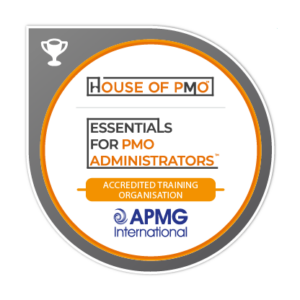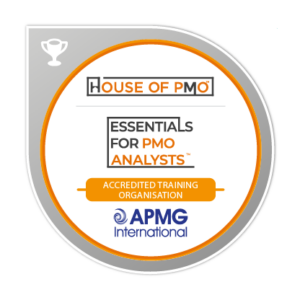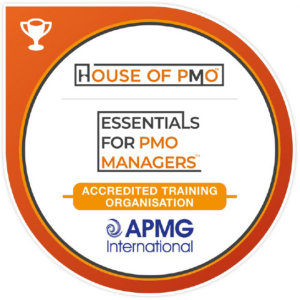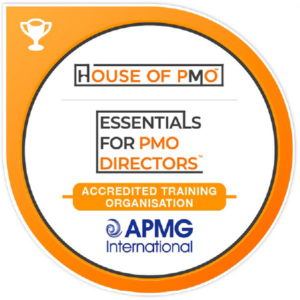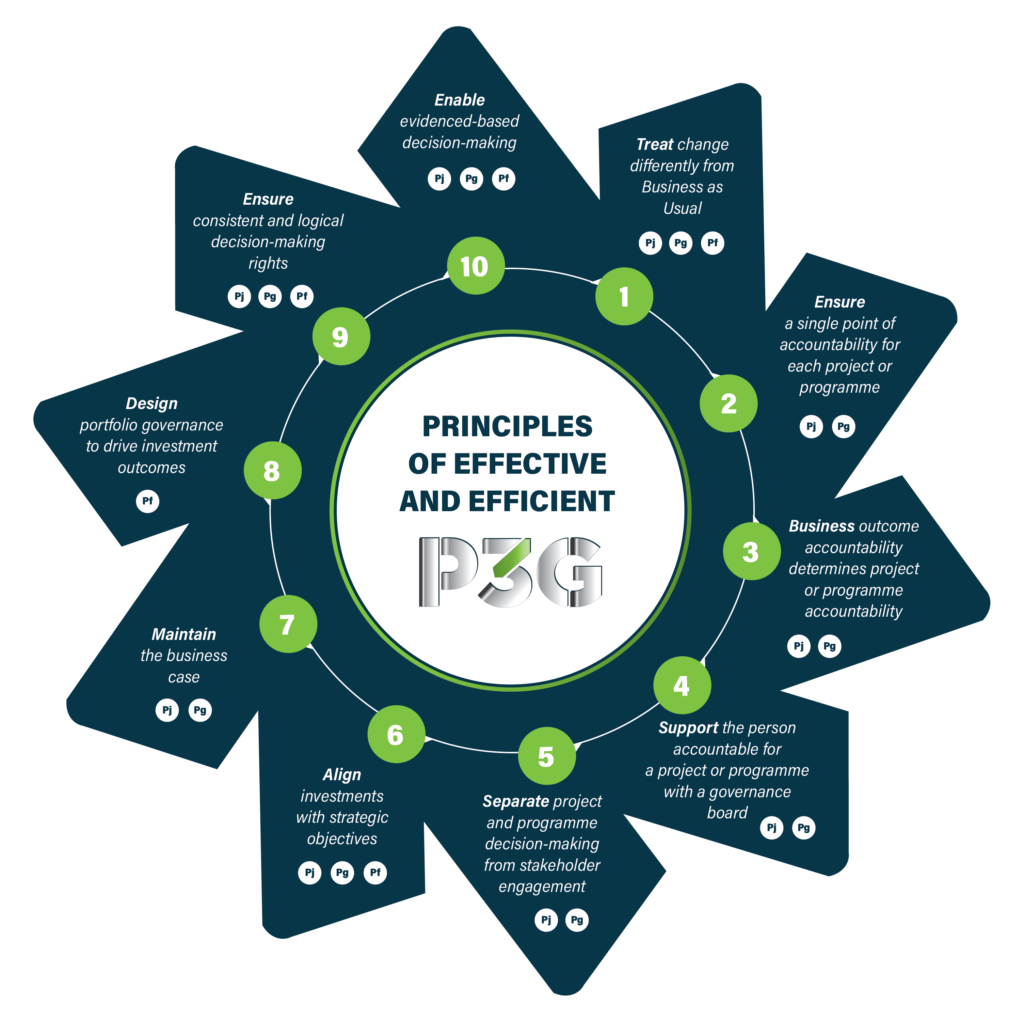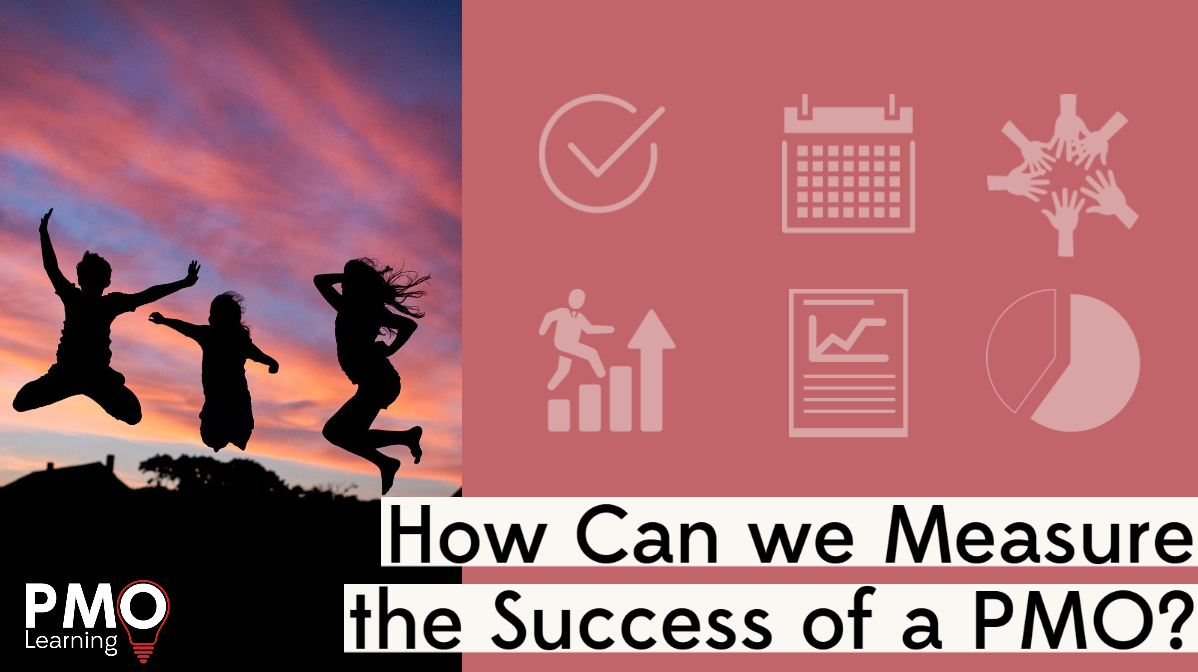
Our Setting Up a PMO series continues in this final installment. We’ve covered What Resources are Needed to Implement a PMO Successfully? As well as What Kind of PMO is Required? This installment will tackle the question: How Can We Measure the Success of a PMO?
What aspects should we consider when measuring the success of PMO?
When considering the success of a PMO, there are two aspects we must consider – what metrics do we have that evidence the successful delivery of Projects, Programmes and Portfolios, and how does the PMO contribute to their success?
A PMO is established within an organsation to help address their business problems. Therefore, the metrics and measures of the PMO should help us to understand how well we’ve helped to fix these problems, as well as understanding how well we have performed across the roles and services that the PMO provide.
Are we interested in PMO success or P3M success?
Let’s take a look at a common mistake made within organisations when considering success.
When projects are delivered very successfully, this success is often accredited exclusively to the Project and Program Managers within an organisation. However, when projects and programmes don’t go well, the blame is often placed on the PMO, for making those in the Project Team complete “bureaucratic nonsense” such as documentation or templates.
In reality, the responsibility lies with both, and as such both areas should be considered when measuring success.
It is important to not simply measure effort, but also the impact that we have on Project/Program success, and PMO performance.
This is where the concept of OKRs come in.
OKRs?
OKR is an acronym for Objectives and Key Results.
They are hugely beneficial for those working in the PMO when looking to measure success.
So – how can we establish OKRs?
There are some key factors we must consider to establish OKRs within the PMO. Firstly, we need to have defined objectives (between one and three), establishing what is is we want to do, and in what time-frame? Generally OKRs are measured within a reasonably short amount of time, which may be three months, six months, quarterly or yearly.
These objectives should be both inspirational and attainable. The goal should stretch the team – but not beyond the point of achievability. This helps to motivate Management and those within the team. Let’s look at an example.
You’re looking to improve the lessons learned from Projects and Programs within the organisation through the use of a new process. 5% improvement may be a relatively easy target, so in using OKRs, we might stretch that target to 10%. In this way, even if we don’t achieve the 10%, we only achieve 7%, we are still 2% ahead of what we had originally anticipated.
The objectives should also be controllable, in the sense that it is within the control of the team to meet the goals.
They should also propel the business to achieve their strategy, demonstrating which objectives the PMO has been set up to achieve. Using OKRs is brilliant for measuring success in this way, as it empowers team members to explain exactly how these OKRs help the business achieve their goals – exactly the reason the PMO has been established.
Now we can take a look at the quantitative side of OKRs – the measures and metrics.
Within the PMO, we need to assess how well we are meeting the defined objectives. A good judgement of whether your objectives are appropriate is by checking if the are in line with the SMART acronym:
S – Specific
M – Measurable
A – Achievable
R – Realistic
T – Timebound
It is important that all of these objectives are progress driven, assessed throughout the time-frame, motivating those within your team. The image below demonstrates an example of OKRs measured quantitively.
The magic number in OKRs is 70%. Once your objectives have hit the 70% mark, we can consider them successful. This is because the goals are supposed to be aspirational with sufficient stretch. So long as there is enough stretch, you will have achieved more that you originally planned, as shown in the 7% example above.
Finally, the great thing about OKRs is that they are developed by both the PMO Manager, but also the team, which aids the objectives in being both achievable, and motivational.
OKRs take us right back to the beginning in looking at why we established a PMO. These OKRs align directly to the objectives set by stakeholders, demonstrating that we are deliving what the organisation has set the PMO up to deliver.
Where can I learn more?
PMO Flashmob conducted a report which provides some great insight into the KPIs, measures and metrics used within the PMO.
Here at PMO Learning, we also have a two-day virtual Setting Up a PMO course, which is a hands-on course and workshop which walks you through the practical steps in the set up of a PMO. Delegates will benefit from a raft of tools, techniques and templates to establish a consistent approach to project management within their organisation. The course also covers Programme Office and Portfolio Office as an extension as the roadmap can be used for the set up of these types of PMOs.
Enjoying Our Blog?
Sign up and receive all our articles (we’ll send you an update once a week!) plus special offers and events:







